-
 Bitcoin
Bitcoin $83,361.2562
-1.66% -
 Ethereum
Ethereum $1,586.1260
-2.74% -
 Tether USDt
Tether USDt $0.9999
0.02% -
 XRP
XRP $2.0836
-2.39% -
 BNB
BNB $578.5275
-1.11% -
 Solana
Solana $126.5625
-2.18% -
 USDC
USDC $0.9999
0.03% -
 TRON
TRON $0.2498
-0.65% -
 Dogecoin
Dogecoin $0.1534
-3.60% -
 Cardano
Cardano $0.6098
-4.22% -
 UNUS SED LEO
UNUS SED LEO $9.3150
-1.20% -
 Chainlink
Chainlink $12.2926
-3.17% -
 Avalanche
Avalanche $18.8257
-6.65% -
 Stellar
Stellar $0.2360
-2.18% -
 Toncoin
Toncoin $2.8628
-1.98% -
 Shiba Inu
Shiba Inu $0.0...01164
-2.82% -
 Sui
Sui $2.0845
-5.01% -
 Hedera
Hedera $0.1567
-5.10% -
 Bitcoin Cash
Bitcoin Cash $320.5351
-1.13% -
 Litecoin
Litecoin $75.1693
-3.11% -
 Polkadot
Polkadot $3.5221
-4.63% -
 Dai
Dai $1.0000
0.01% -
 Bitget Token
Bitget Token $4.2345
-1.90% -
 Hyperliquid
Hyperliquid $15.0548
-5.14% -
 Ethena USDe
Ethena USDe $0.9992
0.01% -
 Pi
Pi $0.6132
-17.60% -
 Monero
Monero $216.2032
0.99% -
 Uniswap
Uniswap $5.1834
-3.42% -
 OKB
OKB $52.6947
2.51% -
 Pepe
Pepe $0.0...07023
-4.90%
What is empty block mining?
Miners may mine empty blocks to increase their chances of getting the block reward faster, but this can lead to slower transaction times and lower network security.
Apr 10, 2025 at 12:14 pm
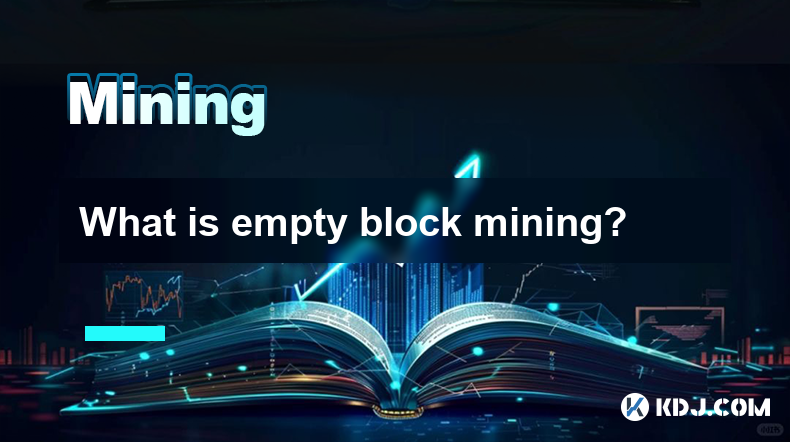
What is Empty Block Mining?
Empty block mining refers to the practice of miners creating and validating blocks on a blockchain that contain no transactions other than the coinbase transaction. The coinbase transaction is the transaction that rewards the miner with newly minted cryptocurrency for successfully mining a block. This phenomenon is most commonly observed in the Bitcoin network, but it can occur in other blockchain systems as well.
Why Do Miners Mine Empty Blocks?
Miners may choose to mine empty blocks for several reasons. One primary reason is to increase their chances of successfully mining a block and receiving the block reward. Mining an empty block is faster because it requires less computational power to validate and process transactions. By minimizing the time spent on transaction validation, miners can increase their hash rate and potentially mine more blocks within a given timeframe.
Another reason for mining empty blocks is to take advantage of network conditions. If the mempool, which is the queue of unconfirmed transactions waiting to be included in a block, is empty or contains very few transactions, miners may opt to mine an empty block to avoid waiting for more transactions to accumulate. This can be particularly beneficial during periods of low network activity.
The Impact of Empty Block Mining on the Network
The practice of mining empty blocks can have several implications for the overall health and efficiency of a blockchain network. One potential impact is reduced transaction throughput. When miners frequently mine empty blocks, fewer transactions are processed and confirmed, leading to slower transaction times and potentially higher fees for users who need their transactions to be included in a block quickly.
Additionally, empty block mining can affect the security of the network. A higher frequency of empty blocks can lead to a lower overall hash rate, as miners may shift their focus to other cryptocurrencies or mining pools that offer more lucrative rewards. This can make the network more vulnerable to 51% attacks, where a group of miners control more than half of the network's mining power and can manipulate the blockchain.
How to Identify Empty Blocks
Identifying empty blocks on a blockchain can be done through various methods. One common approach is to use blockchain explorers, which are online tools that allow users to view detailed information about blocks, transactions, and addresses on a blockchain. To identify an empty block using a blockchain explorer, follow these steps:
- Choose a blockchain explorer: Select a reputable blockchain explorer for the cryptocurrency you are interested in, such as Blockchain.com for Bitcoin or Etherscan for Ethereum.
- Search for a block: Enter the block height or block hash into the search bar of the blockchain explorer.
- Check the block details: Once the block information is displayed, look for the section that lists the transactions included in the block. If the only transaction listed is the coinbase transaction, the block is considered empty.
The Role of Mining Pools in Empty Block Mining
Mining pools play a significant role in the decision to mine empty blocks. Mining pools are groups of miners who combine their computational resources to increase their chances of successfully mining a block. The rewards from mining a block are then distributed among the pool members based on their contributed hash power.
Some mining pools may have policies or algorithms that encourage or discourage the mining of empty blocks. For instance, a pool might prioritize the inclusion of transactions to maximize fees, while another might focus on mining blocks as quickly as possible, even if they are empty. Miners participating in a pool must adhere to the pool's rules and strategies, which can influence their decision to mine empty blocks.
The Economics of Empty Block Mining
The economics of empty block mining are closely tied to the block reward and transaction fees. The block reward is the primary incentive for miners to mine blocks, as it provides them with newly minted cryptocurrency. In contrast, transaction fees are additional payments that users can include with their transactions to incentivize miners to include them in a block.
When the block reward is high relative to transaction fees, miners may be more inclined to mine empty blocks to maximize their chances of receiving the reward. Conversely, if transaction fees are high, miners may prioritize including transactions in their blocks to increase their overall earnings. The balance between these two factors can significantly influence the prevalence of empty block mining on a network.
Frequently Asked Questions
Q: Can empty block mining be prevented?
A: While it is challenging to completely prevent empty block mining, some blockchain networks implement mechanisms to discourage the practice. For example, certain consensus algorithms may penalize miners for submitting empty blocks or incentivize the inclusion of transactions through higher rewards for non-empty blocks.
Q: How does empty block mining affect the decentralization of a blockchain?
A: Empty block mining can impact the decentralization of a blockchain by potentially concentrating mining power among a smaller group of miners who prioritize speed over transaction inclusion. This can lead to a more centralized network, as smaller miners may find it less profitable to compete with larger operations that can afford to mine empty blocks more frequently.
Q: Are there any benefits to empty block mining for users?
A: For users, empty block mining can have mixed effects. On one hand, it can lead to faster block times and quicker confirmation of transactions if the miner who mines the empty block subsequently mines a block with transactions. On the other hand, it can result in slower overall transaction processing and higher fees if miners consistently prioritize empty blocks over those with transactions.
Disclaimer:info@kdj.com
The information provided is not trading advice. kdj.com does not assume any responsibility for any investments made based on the information provided in this article. Cryptocurrencies are highly volatile and it is highly recommended that you invest with caution after thorough research!
If you believe that the content used on this website infringes your copyright, please contact us immediately (info@kdj.com) and we will delete it promptly.
- Movement Labs and the Movement Network Foundation have launched an independent investigation into recent market-making irregularities related to the MOVE token.
- 2025-04-16 09:15:12
- Shiba Inu (SHIB) burn rate saw an over 2000% hike, leading to the removal of 20.83 million tokens from circulation.
- 2025-04-16 09:15:12
- Securitize Acquires MG Stover's Fund Administration Business to Become the Largest Digital Asset Fund Administrator
- 2025-04-16 09:10:12
- Trump administration plans to present Congress with cuts to most funding for public media
- 2025-04-16 09:10:12
- XRP (XRP) Displays Promising Growth Potential as It Currently Trades Above $2.00 and the 21-week EMA
- 2025-04-16 09:05:13
- BYDFi Lists $KERNEL, the Governance Token of KernelDAO, with Spot Trading Now Live
- 2025-04-16 09:05:13
Related knowledge
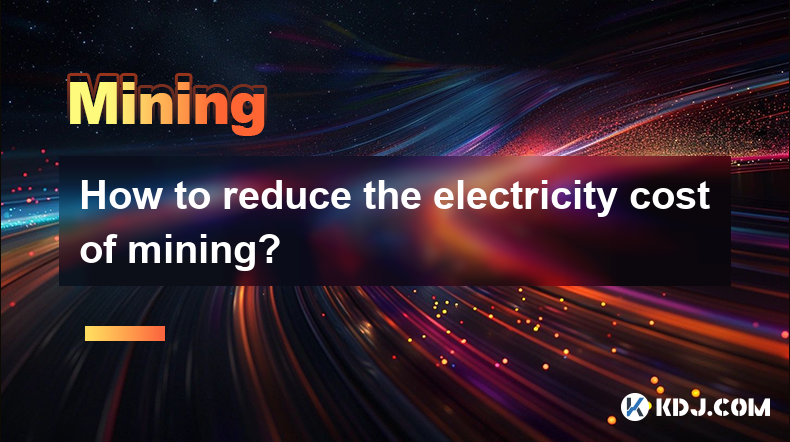
How to reduce the electricity cost of mining?
Apr 16,2025 at 08:42am
Mining cryptocurrencies, particularly Bitcoin, is an energy-intensive process that can lead to significant electricity costs. However, there are several strategies that miners can employ to reduce these expenses and make their operations more cost-effective. In this article, we will explore various methods to minimize the electricity cost of mining. Cho...
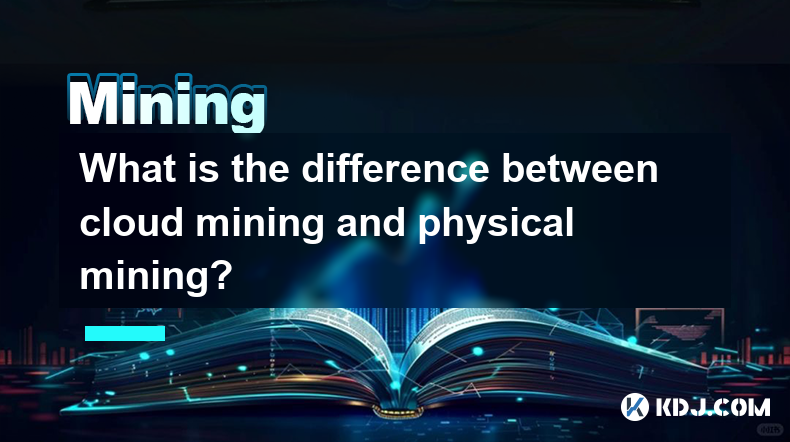
What is the difference between cloud mining and physical mining?
Apr 16,2025 at 01:49am
What is the difference between cloud mining and physical mining? In the world of cryptocurrencies, mining is the process by which new coins are generated and transactions are verified and added to the blockchain. There are two primary methods of mining: cloud mining and physical mining. Understanding the differences between these two approaches can help...
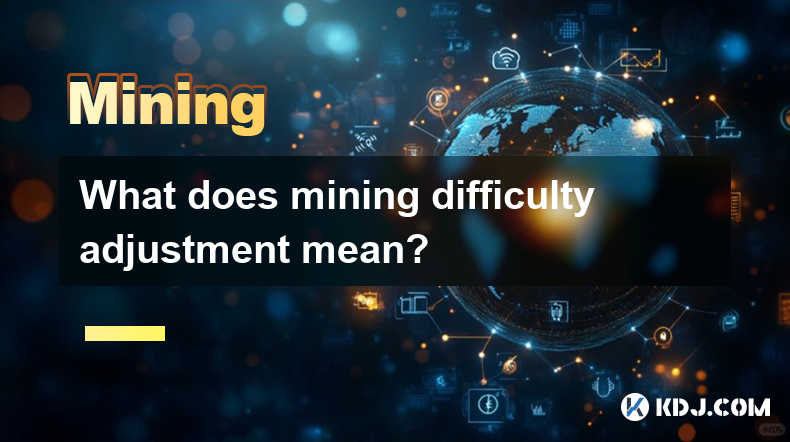
What does mining difficulty adjustment mean?
Apr 16,2025 at 12:42am
What does mining difficulty adjustment mean? Mining difficulty adjustment is a crucial mechanism in blockchain networks, particularly in Proof of Work (PoW) systems like Bitcoin. It ensures that the rate at which new blocks are added to the blockchain remains consistent, despite fluctuations in the total computational power (hash rate) of the network. T...
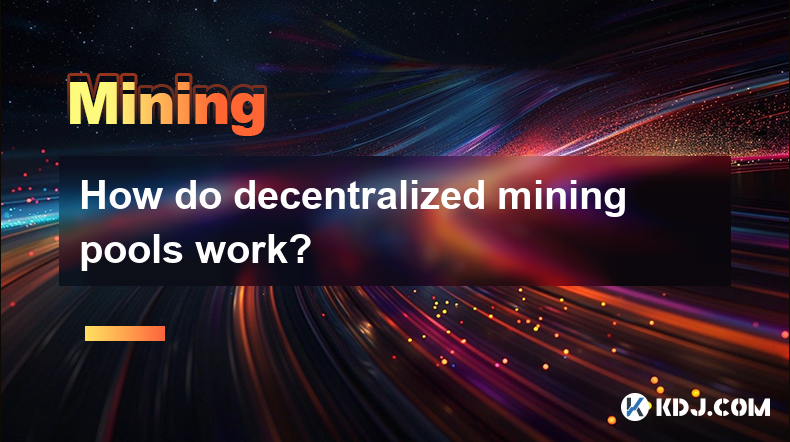
How do decentralized mining pools work?
Apr 16,2025 at 05:42am
Decentralized mining pools represent a significant evolution in the world of cryptocurrency mining, offering a more democratic and transparent approach compared to traditional centralized pools. In this article, we will explore the mechanics of decentralized mining pools, their benefits, and how they operate within the cryptocurrency ecosystem. What are...
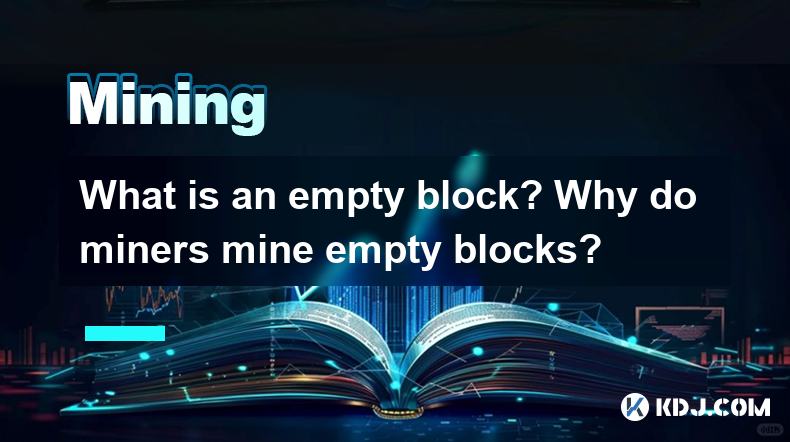
What is an empty block? Why do miners mine empty blocks?
Apr 16,2025 at 01:28am
What is an Empty Block?An empty block in the context of blockchain technology, particularly in cryptocurrencies like Bitcoin, refers to a block that contains no transactions other than the coinbase transaction. The coinbase transaction is a special transaction in which new bitcoins are generated and awarded to the miner who successfully mines the block....

What is the KawPow algorithm?
Apr 16,2025 at 06:43am
The KawPow algorithm is a proof-of-work (PoW) consensus mechanism specifically designed for the Ravencoin blockchain. It evolved from the earlier X16R and X16RV2 algorithms, aiming to enhance the security and efficiency of the mining process. KawPow was introduced to address the issues associated with ASIC (Application-Specific Integrated Circuit) miner...

How to reduce the electricity cost of mining?
Apr 16,2025 at 08:42am
Mining cryptocurrencies, particularly Bitcoin, is an energy-intensive process that can lead to significant electricity costs. However, there are several strategies that miners can employ to reduce these expenses and make their operations more cost-effective. In this article, we will explore various methods to minimize the electricity cost of mining. Cho...

What is the difference between cloud mining and physical mining?
Apr 16,2025 at 01:49am
What is the difference between cloud mining and physical mining? In the world of cryptocurrencies, mining is the process by which new coins are generated and transactions are verified and added to the blockchain. There are two primary methods of mining: cloud mining and physical mining. Understanding the differences between these two approaches can help...

What does mining difficulty adjustment mean?
Apr 16,2025 at 12:42am
What does mining difficulty adjustment mean? Mining difficulty adjustment is a crucial mechanism in blockchain networks, particularly in Proof of Work (PoW) systems like Bitcoin. It ensures that the rate at which new blocks are added to the blockchain remains consistent, despite fluctuations in the total computational power (hash rate) of the network. T...

How do decentralized mining pools work?
Apr 16,2025 at 05:42am
Decentralized mining pools represent a significant evolution in the world of cryptocurrency mining, offering a more democratic and transparent approach compared to traditional centralized pools. In this article, we will explore the mechanics of decentralized mining pools, their benefits, and how they operate within the cryptocurrency ecosystem. What are...

What is an empty block? Why do miners mine empty blocks?
Apr 16,2025 at 01:28am
What is an Empty Block?An empty block in the context of blockchain technology, particularly in cryptocurrencies like Bitcoin, refers to a block that contains no transactions other than the coinbase transaction. The coinbase transaction is a special transaction in which new bitcoins are generated and awarded to the miner who successfully mines the block....

What is the KawPow algorithm?
Apr 16,2025 at 06:43am
The KawPow algorithm is a proof-of-work (PoW) consensus mechanism specifically designed for the Ravencoin blockchain. It evolved from the earlier X16R and X16RV2 algorithms, aiming to enhance the security and efficiency of the mining process. KawPow was introduced to address the issues associated with ASIC (Application-Specific Integrated Circuit) miner...
See all articles























































































